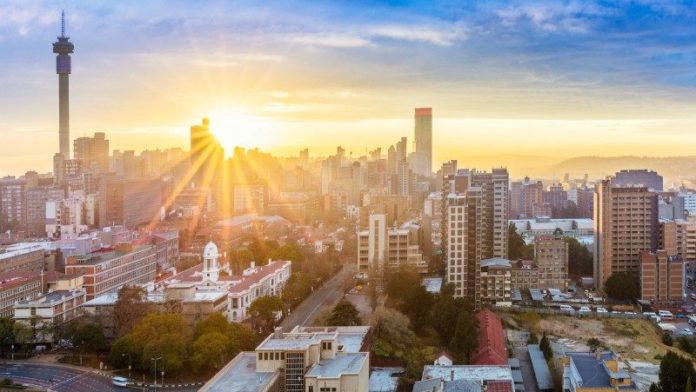
SHARES in Johannesburg’s gold stocks surged on Tuesday as the rand gold price breached R1m per kilogram for the first time in history.
But the best share price moves were for companies with mines outside of South Africa which is currently in lockdown. AngloGold Ashanti moved through R400 per share – the first time ever; Gold Fields went to its highest level in more than five years.
Strangely, DRDGold – which re-mines gold-laden dump or tailings material – saw its share price touch its highest level since 2004. The company, which is controlled by Sibanye-Stillwater, has a market capitalisation of R13.5bn.
Other shares with South African exposure such as Harmony Gold and Sibanye-Stillwater still recorded significant improvements in value intra-day.
Harmony Gold was some 13% higher by midday even though most of its production is affected by the lockdown announced in South Africa on March 27, and then extended by two weeks to April 30. Similarly, Sibanye-Stillwater was 14.6% higher – its highest level since early March just as the extent of the COVID-19 virus was registering.
Shares in Pan African Resources, which mines in Mpumalanga province, were 7% higher, just over its year-to-date high of R2,60/share.
Gold and platinum mining is expected to restart shortly on a limited basis in terms of lockdown extension regulations. Sibanye-Stillwater said operations would resume today, even though the Minerals Council has not yet reported back on weekend meetings scheduled with the Department of Mineral Resources & Energy.
The improvement in the rand gold price was on the dual effects of a slide in the value of the rand against the dollar following a credit ratings downgrade by Moody’s on March 26 and the improvement in the dollar gold price lately.
According to Bloomberg News, gold futures may test $1,800 per ounce in the near future as investors sought the metal’s traditional safe haven status. The newswire quoted Hans Goetti, founder and CEO of HG Research as saying that massive currency debasement was driving investors to gold’s value stability.
A higher dollar gold price could have mixed consequences for South African gold counters, especially for gold companies that sold gold forward to lock in revenue. “The hedges will be deeply out of the water for those that have them,” said a market source. “And the leverage for those that don’t – or the share of production that’s not hedged – will be immense if these prices hold … and if the gold can continue to be produced,” he said.
Gold is currently at $1,720,634/oz.
Gold-backed exchange traded funds (ETFs) surged $23bn in the first quarter – the highest quarterly increase in absolute dollar terms – and taking total inflows in the past year to some 659 tons, said the World Gold Council on April 8.
This is the highest 12-month accumulation on a rolling annual basis since the financial crisis, with assets under management growing 57% over the same period, the council said. First quarter tonnage inflow totalled 298 tons.
Holdings were at new all-time highs of 3,185 tons in March, a net inflow of $8.1bn for the quarter, the council said.











